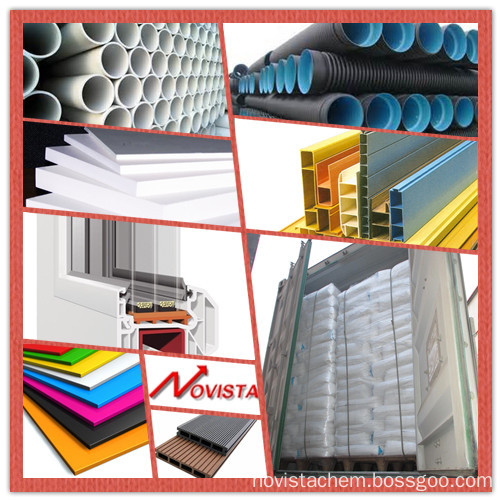
The low-Earth orbit is 200 to 700 Km above the ground. It is a spacecraft observation satellite, meteorological satellite, space station, and other spacecraft operating areas. In this section, most spacecraft moving parts use solid lubricants, among which molybdenum disulfide (MoS2) is most widely used. . In the low earth orbit, oxygen molecules in atmospheric residual gases undergo photo-induced dissociation under the action of ultraviolet light, resulting in atomic oxygen for a long period of time. The atomic oxygen energy is 5.3 eV when colliding with an orbiting high-speed flying spacecraft. This high-speed collisional oxidation is very serious for material erosion. Therefore, atomic oxygen irradiation is considered to be the most dangerous environmental factor on the surface of low-Earth orbit spacecraft.
Recently, researchers from the State Key Laboratory of Solid Lubrication at the Lanzhou Institute of Chemical Physics, Chinese Academy of Sciences collaborated with the Institute of Physics of the Chinese Academy of Sciences to use the Atomic Oxygen Radiation Platform of the Lanzhou Institute of Chemical Industry, through Rutherford backscattering combined with focused ion beam cutting, The atomic oxygen irradiation failure mechanism of MoS2 lubrication film with different structures was revealed. The related research results were published in ACS Applied Materials & Interfaces (DOI: 10.1021/acsami.5b02709). The results show that the damage of S element during the process of atomic oxygen irradiation of MoS2 thin film is the loss of S element in the oxidation process. The columnar crystal grain boundary formed during the growth of pure MoS2 thin film provides atomic oxygen diffusion and oxidation product detachment to provide a high-speed channel for oxygen. Atoms can undergo oxidation reaction at the root of the thin film through diffusion between columnar MoS2 grain boundaries. In the pure MoS2 thin film system studied, atomic oxygen diffusion oxidation depth reaches 600 nm (Figure 1, Figure 2), much higher than low energy (5 eV). The depth of atomic oxygen implantation is also higher than the 2-5 nm of the surface layer considered in the literature. The formation of columnar crystals during the growth of MoS2 thin films can be significantly reduced by the introduction of composite and multilayer structures, thereby reducing the oxidation and diffusion channels during atomic oxygen irradiation and further suppressing the occurrence of oxidation reactions within the film (Figure 2).
The accurate measurement of the amount of S element loss using Rutherford backscattering (Fig. 3) shows that the loss of elemental S during the atomic oxygen irradiation oxidation increases with the increase of the irradiation dose, but the rate of S element loss with radiation dose The decrease in the increase indicates that the oxidation product inhibits the diffusion of atomic oxygen to a certain extent, thereby preventing further etching of MoS2 below the oxide layer. The loss of elemental sulfur in the composite, multi-layered MoS2 thin film is saturated at a lower irradiation dose. The results of vacuum friction experiments show that the initial friction coefficient of the pure MoS2 system increases and the wear rate increases by one order of magnitude. However, the MoS2 film of composite and multi-layer structure does not show obvious changes in the tribological properties after irradiation. Better resistance to atomic oxygen radiation. The relevant research results provide important basis for understanding the failure mechanism of MoS2 lubrication film atomic oxygen irradiation and the selection of solid lubricant materials for the moving parts of space vehicles.
This work has been funded by the National Natural Science Foundation of China, the Research Project of the Lanzhou Institute of Chemical Research and the open project of the Micro Processing Laboratory of the Physics Institute of the Chinese Academy of Sciences.
Chlorinated Polyethylene is white powder chloridized from high-density polyethylene. This product is a kind of elastomer with excellent resistance to oil, ozone and good fire resistance property. It has good mutual solubility with PVC and many kinds of plastic and rubber. It is main Impact Modifier of PVC and toughening agent of ABS, CPVC, PP, PS plastic

CPE Impact Modifier, Tyrin Chlorinated Polyethylene, Weipren CPE Impact Modifier, CPE135A Impact Modifier
Shandong Novista Chemicals Co.,Ltd (Novista Group) , https://www.novistachem.com